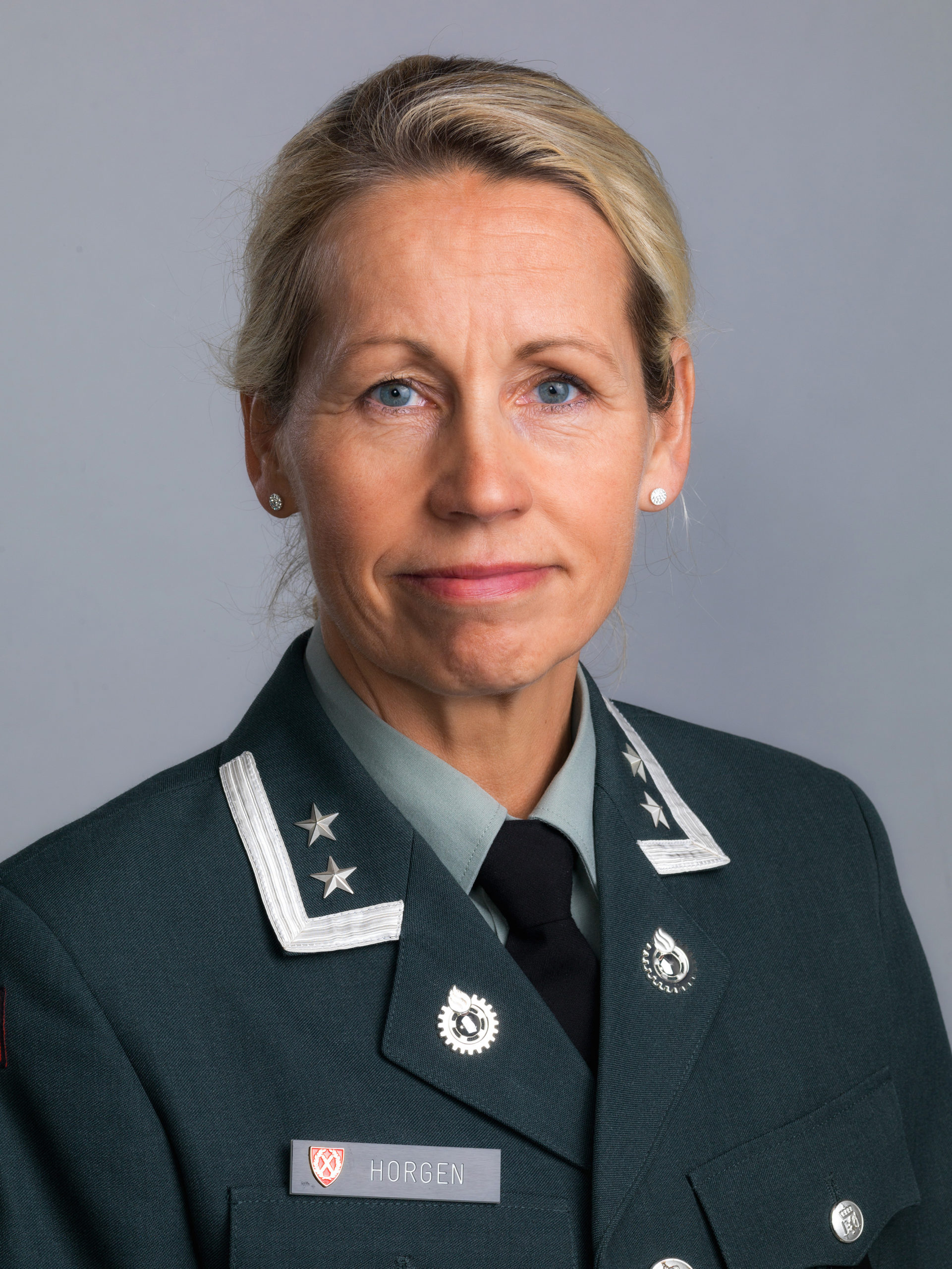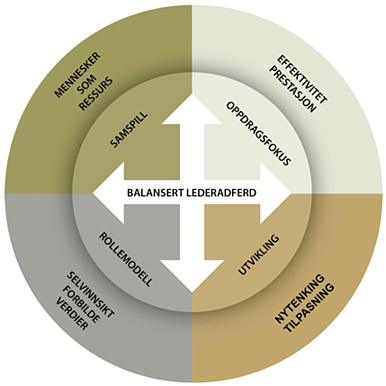The Norwegian Armed Forces as an organization is good at leadership, which is also expected by the outside world. We train people to lead military operations, and leadership is part of the core of our profession. Leadership development during education, courses or seminars is not enough. Leadership is a perishable commodity and must be trained and developed in everyday life. Leadership development is too important to be left to HR or educational institutions alone - this is the boss's responsibility!
By: Marit Horgen

Marit Horgen
Leadership developer in the Armed Forces
FHS
Managers must be held accountable
The Chief of Defense has previously stated: "We must have society's best leaders!" This means that managers at all levels have a clear responsibility to further develop themselves and their own leaders.
Bringing reflection on leadership practice into everyday arenas during meetings, exercises, training and assignments is just as important as any other work task. This requires real anchoring of leadership development at the top that spreads throughout the organization. Leadership development must be owned in what we in the Armed Forces call the line of command, where commanders (responsible line managers) at all levels are made accountable.
How to develop good leadership in everyday life?
In a hectic workday, good leaders prioritize developing themselves and others, they are able to see themselves from the outside and understand others from the inside. In everyday life, this is built through a safe and good learning culture based on trust, and the exercise of The Norwegian Armed Forces' core valuesRespect, Responsibility and Courage.
Everything a leader does in their role is a potential arena for development, but as a leader you must be able and dare to use them. You must ensure a good feedback culture that lets you know what effect you have on others and what you can do to adjust your leadership behavior.
All managers have little time, and the development perspective in everyday life can be challenging to maintain. It's about building small habits in everyday life and setting aside time at regular meetings for reflection on leadership and interaction. For example, after a strategy discussion in a management meeting: How did the interaction work? Did we talk about the right issues? How was the meeting led? etc. For the Armed Forces, it is also about utilizing the debrief arenas after exercises, operations and tasks to talk about how the leadership and interaction worked. There are a number of possible measures such as mentoring schemes, colleague guidance, etc. but simply talking together about leadership in everyday life will build a leadership development culture.
I sometimes hear leaders say that they are too old to change. In my opinion, leaders in their prime have every reason to maintain their "leadership form". Not just training to stay fit, or to beat their colleagues in Birken, but to train and practice to perform in the leadership role. Another issue is all the managers who have been on leadership development programs without their employees noticing anything at all. For leadership development to work, it must be closely linked to the context; the job of developing as a leader takes place first and foremost in everyday life, with the tasks to be done and the people you interact with.
Read also: How to find the right problem and create better decision-making processes
How do we do it in the Armed Forces?
The unique thing about the Norwegian Armed Forces is that all officers and non-commissioned officers receive leadership training with leadership development well integrated into the various training courses. Everyone is given a basic understanding and conceptual apparatus, but this is quickly forgotten if it is not regularly "pulled out of the bag". In everyday life, this is about building reflection capacity in a safe learning culture.
Defense management philosophy
In the Norwegian Armed Forces, we have a mission-based management philosophy as our professional foundation for leadership. The commander's intention provides a basis for subordinates to take initiatives that enable continuity in the operation and effective adjustments to the plan, even during friction, chaos and uncertainty. For this to work, trust, security and good communication are essential. This basic philosophy applies to all leadership in the Norwegian Armed Forces, and is adapted to different contexts that vary by level and different types of missions/tasks in peace, crisis or war.
Balanced leadership behavior

Model from the Chief of Defense's basic view of leadership
We are concerned that managers show action in the form of being focused on assignments, employees and development. We are also very concerned that the manager is a good role model. Good managers are able to balance these dimensions, as reflected in the figure above.
The manager as a leadership developer - an example from Sambandsbataljonen
The Chief of the Army is clear about the responsibility of each individual commander to develop their leaders. There are different ways to do this, but as a good example of how this can be done, I would highlight the commander of the Samband Battalion, Lieutenant Colonel Pål Svarstad. Sambandsbataljonen is an army division in Brigade Nord with around 180 employees and 350 soldiers. A separate plan has been developed for leadership development in the unit with a clear description of responsibilities for all leaders. Leadership meetings are held for the various levels, including company, platoon and team, where the focus is on development and practical measures to achieve this in everyday life. Leadership development is often on the agenda at the management meeting, and themed sessions on leadership development are held.
A "values day" is held annually for the entire department, focusing on the importance of value-based leadership and human factors. This is an important arena for culture building. The most important thing is to get the feedback culture out "on the ground", so that it becomes a habit, so that assignments are not just solved and everyone "carries on". Managers are monitored to ensure that they are present where it actually happens in order to provide immediate feedback. The goal is always to make others succeed, and there is an acceptance of making mistakes and then learning from them.
Conclusion
Developing managers and good management processes is a managerial responsibility. HR and other support functions can help, but managers at all levels must feel this responsibility every day.
A manager's everyday life consists of a number of leadership development arenas, it's "just" a matter of using them. Practicing leadership in a safe and good learning culture based on trust, where it is allowed to fail and show vulnerability, is the key to developing as a leader. It's all about building a culture based on openness and awareness of good leadership, where responsibility is clearly placed with the boss.
There is no recipe or right solution to leadership. We need a diversity of leaders with different personalities and mindsets. The common denominators are the ability to solve assignments, be development-oriented and genuinely love people.
